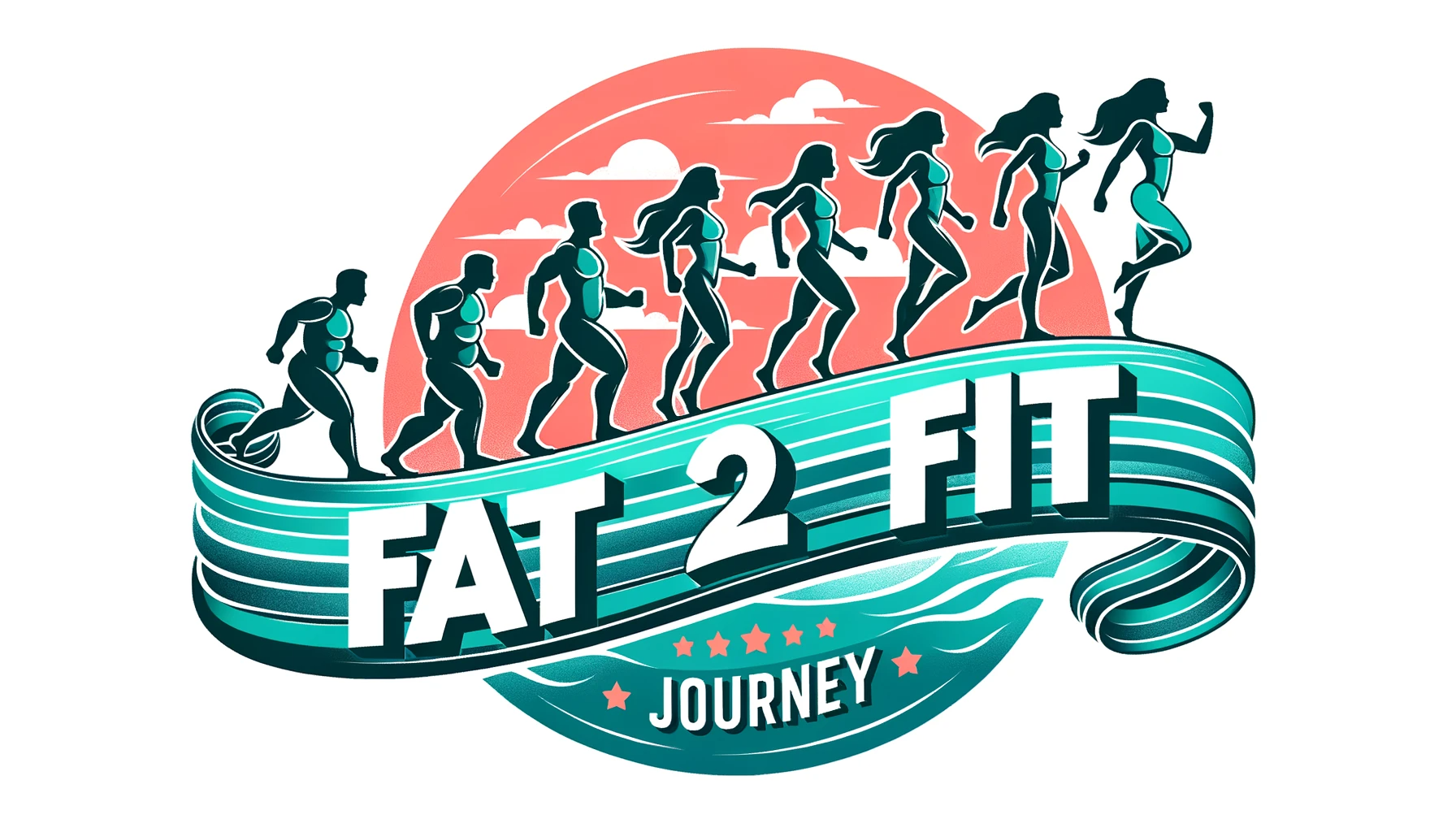Want to achieve a healthy and balanced diet without the hassle of complicated meal plans or restrictive diets? Look no further than the Balanced Plate Plan Diet. This simple and effective approach focuses on creating well-rounded meals that provide all the essential nutrients your body needs. Say goodbye to counting calories or eliminating food groups, because with the Balanced Plate Plan Diet, you can enjoy a variety of delicious foods while nourishing your body with everything it craves. Get ready to embrace a healthier lifestyle with this friendly and sustainable way of eating.
Table of Contents
1. What is The Balanced Plate Plan Diet?
The Balanced Plate Plan Diet is a comprehensive and flexible approach to eating that focuses on creating balanced and nutritious meals. It is not a restrictive diet, but rather a way of eating that encourages a variety of foods and emphasizes portion control. The goal of The Balanced Plate Plan Diet is to promote overall health and well-being by providing the body with the necessary nutrients while also managing weight, controlling blood sugar, and supporting heart and digestive health.
1.1 Basic Principles of The Balanced Plate Plan Diet
The basic principles of The Balanced Plate Plan Diet are centered around creating balanced meals that include a variety of food groups. This includes incorporating a mix of carbohydrates, proteins, and fats, as well as plenty of fruits and vegetables. The diet also emphasizes portion control and encourages mindful eating, where individuals are encouraged to pay attention to their hunger and fullness cues.
1.2 Foundation of The Balanced Plate Plan Diet
The foundation of The Balanced Plate Plan Diet is built upon the idea that food is fuel for the body. It recognizes the importance of providing the body with the necessary nutrients it needs to function optimally. By focusing on nutrient-dense foods and creating balanced meals, individuals can ensure they are meeting their nutritional needs while also enjoying a wide variety of flavors and textures.
2. Benefits of The Balanced Plate Plan Diet
2.1 Weight Management
One of the key benefits of The Balanced Plate Plan Diet is its ability to support weight management. By creating balanced meals that include a mix of macronutrients and controlling portion sizes, individuals can better regulate their calorie intake and maintain a healthy weight. Additionally, the emphasis on whole, unprocessed foods can help individuals feel fuller for longer, reducing the likelihood of overeating or snacking on unhealthy foods.
2.2 Nutritional Balance
The Balanced Plate Plan Diet is designed to provide individuals with a wide range of nutrients that are necessary for overall health and well-being. By including a variety of food groups in each meal, individuals can ensure they are getting a good mix of macronutrients (carbohydrates, proteins, and fats) as well as essential vitamins and minerals. This promotes optimal bodily function and supports overall health.
2.3 Blood Sugar Control
For individuals with diabetes or those looking to control their blood sugar levels, The Balanced Plate Plan Diet can be a beneficial approach. By focusing on complex carbohydrates, lean proteins, and healthy fats, the diet helps to regulate blood sugar levels and prevent spikes and crashes. This can improve energy levels, reduce cravings, and support overall blood sugar control.
2.4 Heart Health
The Balanced Plate Plan Diet is centered around whole, unprocessed foods that are high in nutrients and low in added sugars, sodium, and unhealthy fats. This can be beneficial for heart health, as it reduces the intake of foods that contribute to high cholesterol, high blood pressure, and inflammation. By focusing on foods like fruits, vegetables, whole grains, and lean proteins, individuals can support heart health and reduce their risk of cardiovascular disease.
2.5 Digestive Health
Another benefit of The Balanced Plate Plan Diet is its focus on fiber-rich foods, such as fruits, vegetables, whole grains, and legumes. These foods promote healthy digestion, reduce the risk of constipation, and support a healthy gut microbiome. By including a variety of fiber-rich foods in the diet, individuals can improve their digestive health and reduce the likelihood of gastrointestinal issues.

3. Key Components of The Balanced Plate Plan Diet
3.1 Food Groups
The Balanced Plate Plan Diet emphasizes the inclusion of all food groups in order to provide the body with a wide range of nutrients. This includes fruits, vegetables, whole grains, lean proteins, and healthy fats. By including a variety of foods from each group, individuals can ensure they are getting adequate amounts of essential vitamins, minerals, fiber, and antioxidants.
3.2 Macronutrient Ratios
The diet also focuses on creating balanced meals that include a mix of macronutrients. This typically means incorporating carbohydrates, proteins, and fats in each meal. However, the specific ratios may vary depending on individual needs and goals. For example, individuals looking to manage their blood sugar levels may benefit from a higher proportion of complex carbohydrates and lean proteins.
3.3 Portion Control
Portion control is an important aspect of The Balanced Plate Plan Diet. By practicing portion control, individuals can regulate their calorie intake and prevent overeating. This can support weight management and prevent feelings of discomfort or lethargy after meals. The diet encourages individuals to be mindful of their portion sizes and to listen to their hunger and fullness cues.
3.4 Meal Frequency
The Balanced Plate Plan Diet does not dictate a specific number of meals or snacks per day, but rather encourages individuals to find a meal frequency that works best for them. Some individuals may prefer three larger meals per day, while others may prefer smaller, more frequent meals or snacks. The key is to find a pattern that supports satiety, energy levels, and overall well-being.
3.5 Hydration
Hydration is a crucial aspect of The Balanced Plate Plan Diet. Staying adequately hydrated supports overall health, digestion, and metabolism. The diet encourages individuals to drink plenty of water throughout the day and to limit the intake of sugary beverages. Hydrating with water helps to quench thirst, regulate body temperature, and maintain healthy bodily functions.
4. Sample Meal Plans
4.1 Breakfast Ideas
- A bowl of oatmeal topped with fresh berries, a dollop of Greek yogurt, and a sprinkle of chia seeds.
- Veggie omelet with sautéed spinach, mushrooms, and bell peppers, served with a whole grain toast.
- Cottage cheese and fruit parfait made with mixed berries, cottage cheese, and a sprinkle of granola.
4.2 Lunch Ideas
- Grilled chicken salad with mixed greens, cherry tomatoes, cucumbers, and a drizzle of balsamic vinaigrette.
- Quinoa and black bean burrito bowl topped with salsa, avocado slices, and a squeeze of lime.
- Whole grain wrap filled with turkey, lettuce, tomato, and avocado, served with a side of carrot sticks.
4.3 Dinner Ideas
- Baked salmon fillet with roasted asparagus and a side of quinoa.
- Lentil curry with brown rice and steamed broccoli.
- Grilled chicken breast with sautéed Brussels sprouts and sweet potato fries.
4.4 Snack Ideas
- Apple slices with almond butter.
- Greek yogurt with a sprinkle of granola and a handful of berries.
- Hummus and vegetable sticks (carrots, cucumbers, bell peppers).
4.5 Dessert Ideas
- Dark chocolate-covered strawberries.
- Banana “nice cream” made with frozen bananas blended until creamy.
- Baked apple slices topped with cinnamon and a drizzle of honey.

5. Tips for Success on The Balanced Plate Plan Diet
5.1 Meal Preparation and Planning
To ensure success on The Balanced Plate Plan Diet, it is helpful to dedicate some time to meal preparation and planning. This can involve batch cooking and storing meals or ingredients in advance, as well as creating a weekly meal plan to guide grocery shopping and meal prep. By having healthy options readily available, you are less likely to rely on unhealthy convenience foods.
5.2 Mindful Eating
Practicing mindful eating can greatly enhance your experience on The Balanced Plate Plan Diet. Take the time to sit down and fully enjoy your meals, savoring each bite. Pay attention to your hunger and fullness cues, eating until you are satisfied but not overly full. Mindful eating can help prevent overeating, promote digestion, and enhance your overall enjoyment of food.
5.3 Reading Nutrition Labels
Becoming familiar with reading nutrition labels can be helpful when following The Balanced Plate Plan Diet. Pay attention to serving sizes, as well as the amounts of calories, macronutrients, and added sugars in packaged foods. Aim for foods with minimal added sugars and ingredients you can understand. Choose whole, unprocessed options whenever possible.
5.4 Physical Activity
In addition to a balanced diet, incorporating regular physical activity is important for overall health and well-being. Engage in activities you enjoy, such as walking, dancing, cycling, or yoga. Aim for at least 150 minutes of moderate-intensity aerobic activity per week, along with strength training exercises two or more days per week.
5.5 Supportive Environment
Creating a supportive environment can greatly contribute to your success on The Balanced Plate Plan Diet. Surround yourself with like-minded individuals who are also focused on their health and well-being. Share meals and recipes with friends and family, and consider joining a support group or seeking guidance from a registered dietitian for additional support and accountability.
6. Potential Considerations and Drawbacks
6.1 Individualized Needs
While The Balanced Plate Plan Diet can provide many benefits, it is important to remember that individual needs may vary. Some individuals may have specific dietary restrictions or medical conditions that require modifications or additional guidance. It is always advisable to consult with a healthcare professional or registered dietitian to tailor the diet to your individual needs.
6.2 Availability of Ingredients
The availability of certain ingredients may be a consideration when following The Balanced Plate Plan Diet. Depending on your location, some fruits, vegetables, or other specific foods may not always be readily available. However, there are often alternatives or substitutions that can be used to maintain a balanced and nutritious diet.
6.3 Time and Effort
Following The Balanced Plate Plan Diet may require some time and effort in meal planning, preparation, and cooking. Creating balanced meals and snacks from scratch can take more time compared to relying on convenience or processed foods. However, investing in your health by preparing wholesome meals can be a rewarding and enjoyable experience.
6.4 Potential Nutrient Deficiencies
While The Balanced Plate Plan Diet focuses on nutrient-dense foods, there is still a risk of potential nutrient deficiencies if the diet is not carefully planned. It is important to ensure you are getting a variety of foods from each food group and considering nutrient needs such as vitamins D and B12, iron, calcium, and omega-3 fatty acids. Consultation with a registered dietitian can help identify and address any potential nutrient gaps.
6.5 Sustainability
The Balanced Plate Plan Diet is designed to be sustainable and flexible, allowing individuals to enjoy a wide range of foods while still maintaining a balanced and nutritious diet. However, it is important to find an approach to eating that works best for you in the long term. Making gradual changes and finding a balance between health goals and enjoyment is key to sustaining healthy eating habits.

